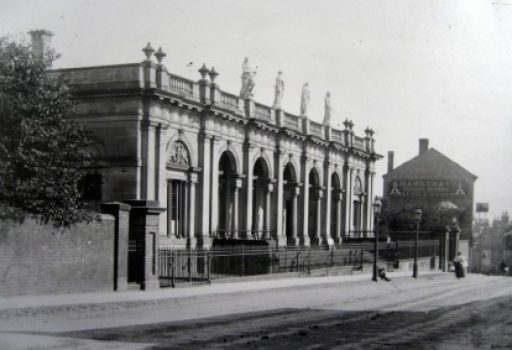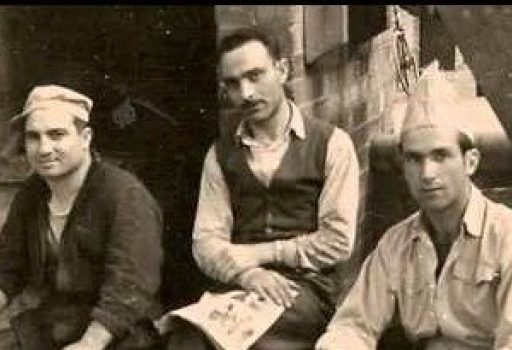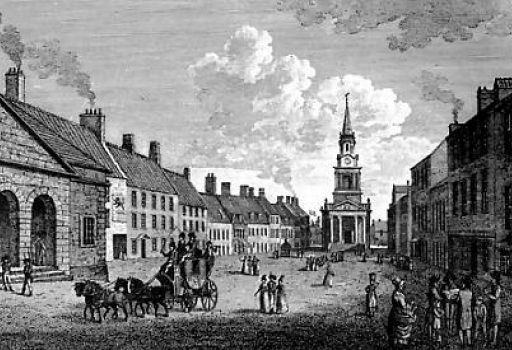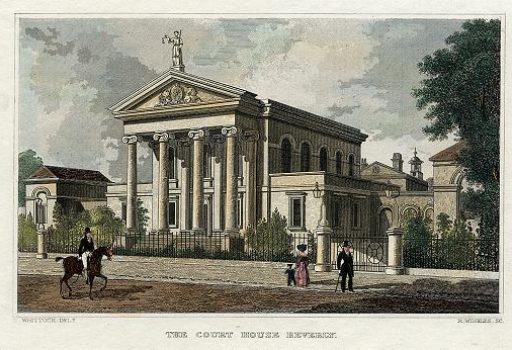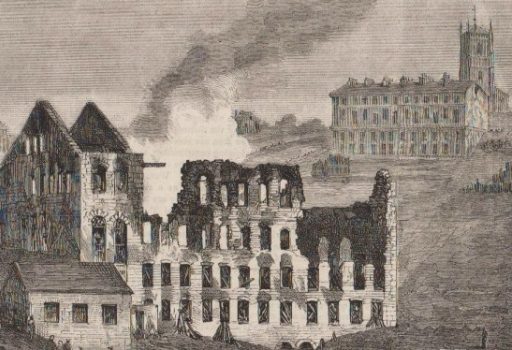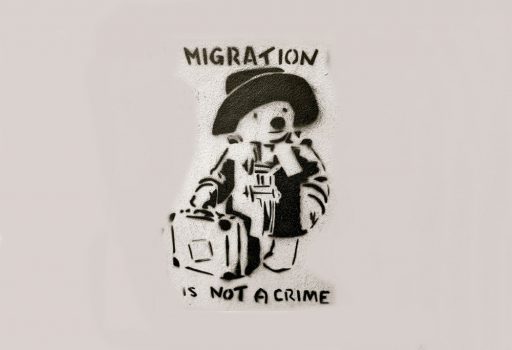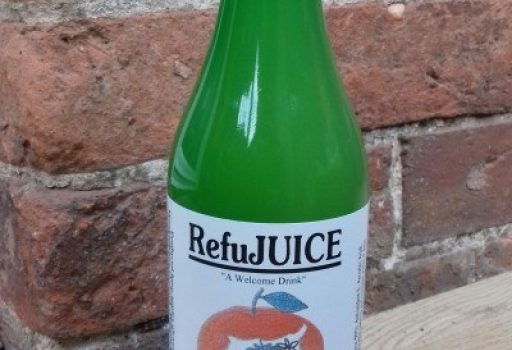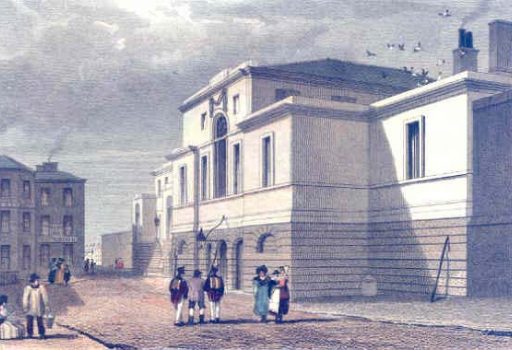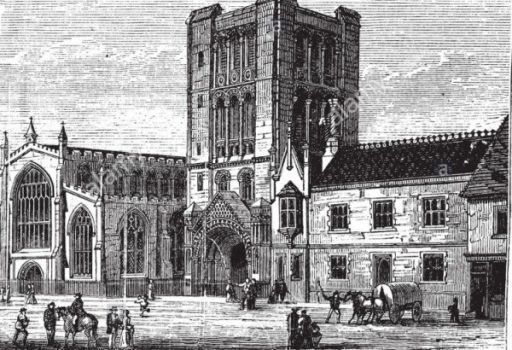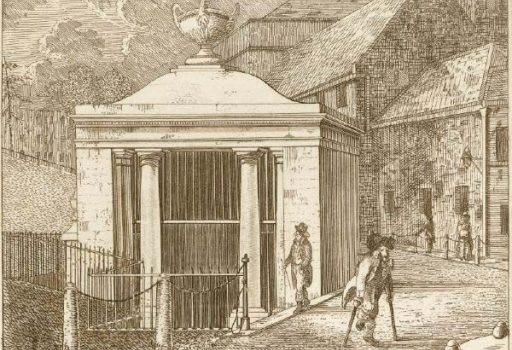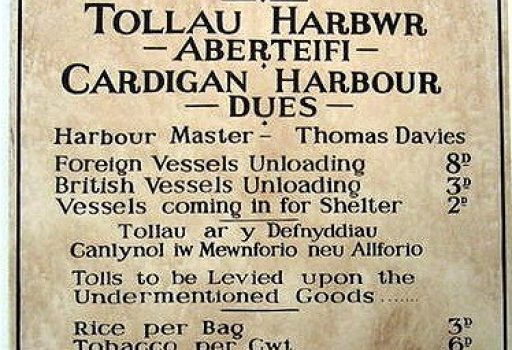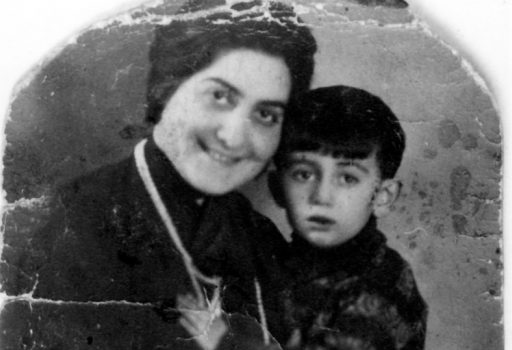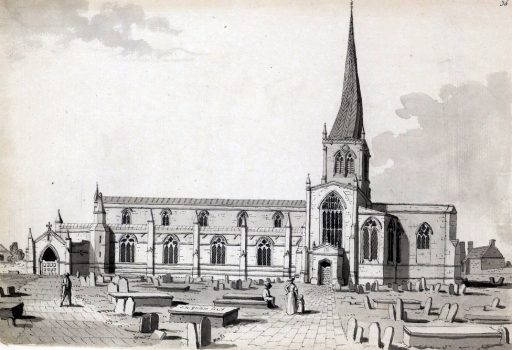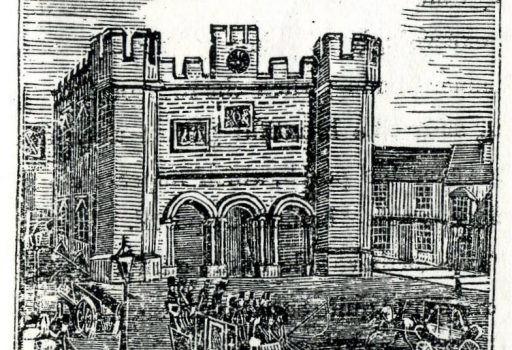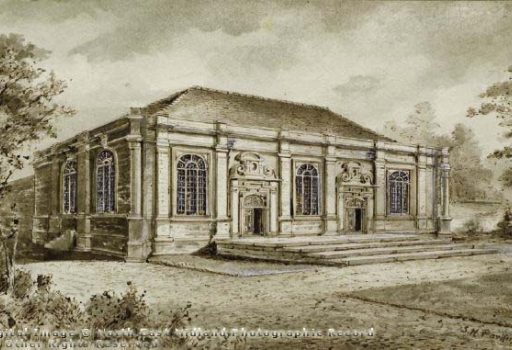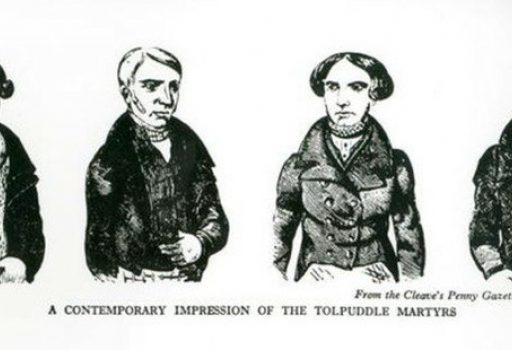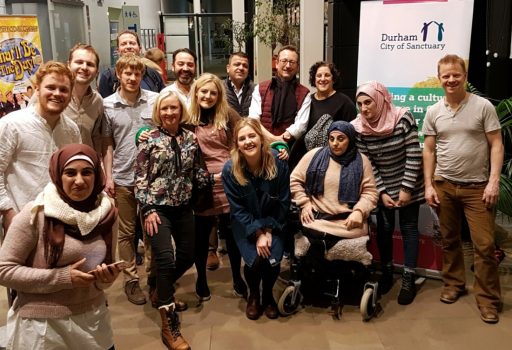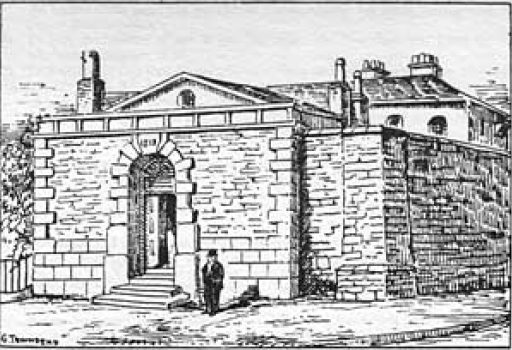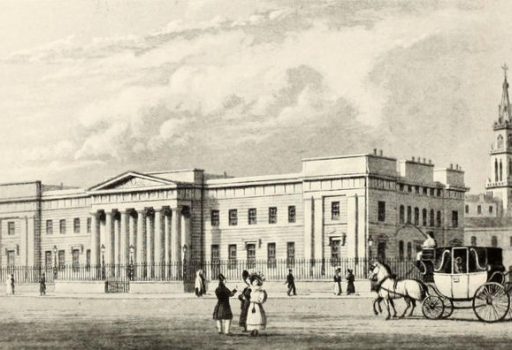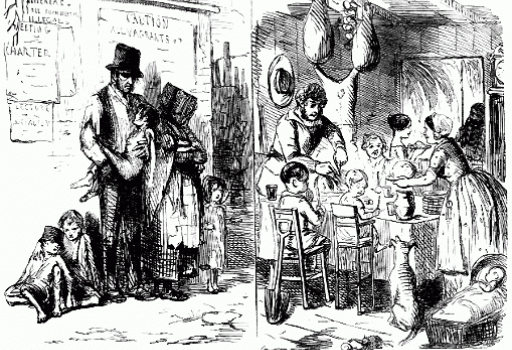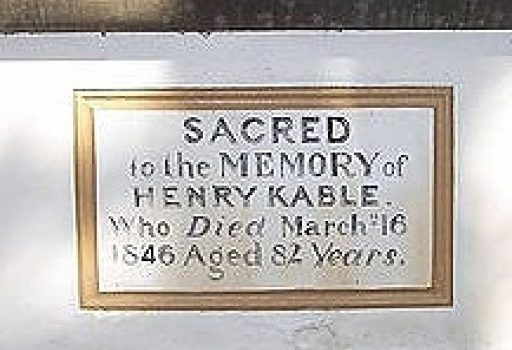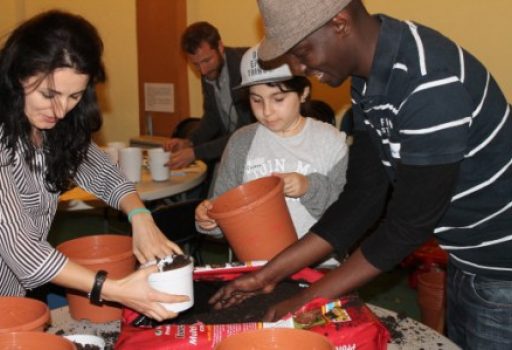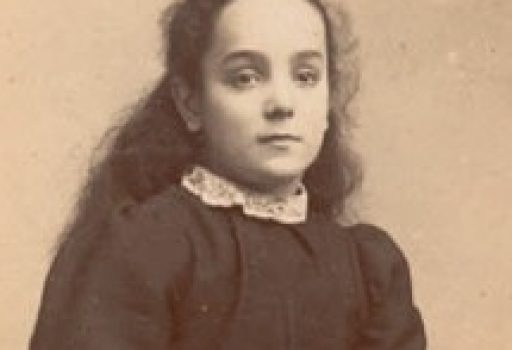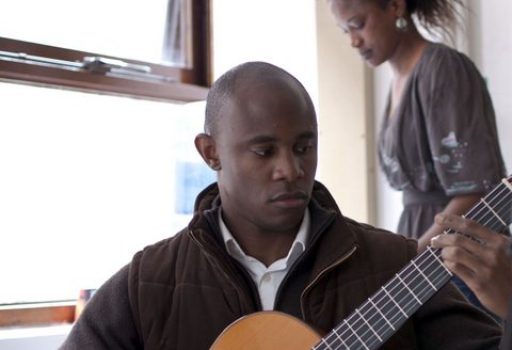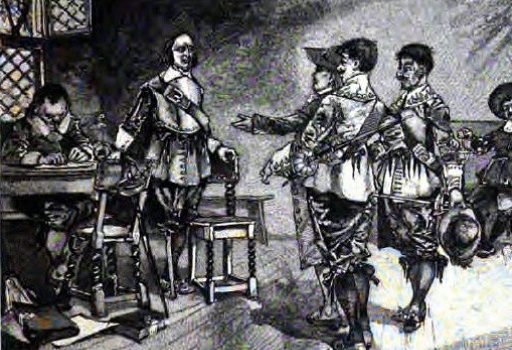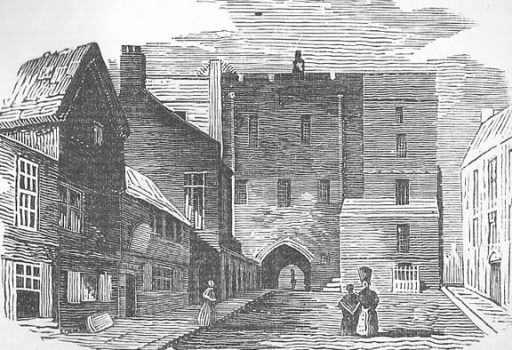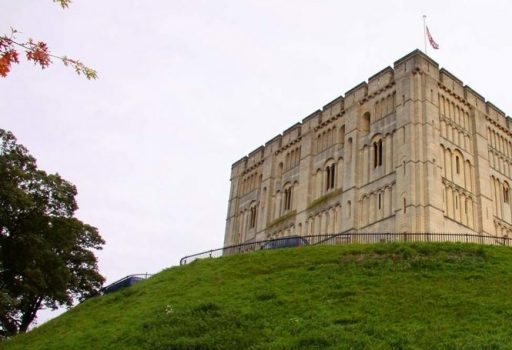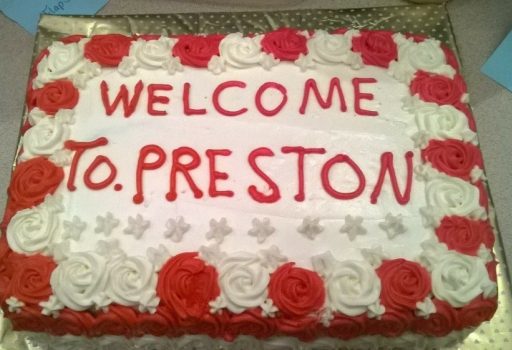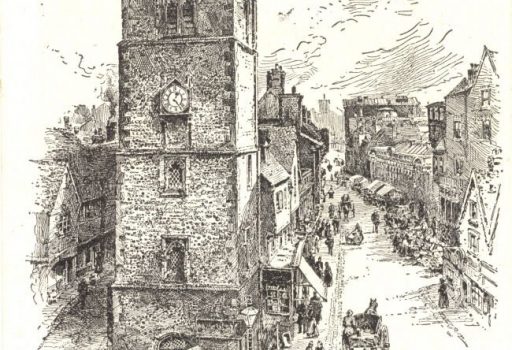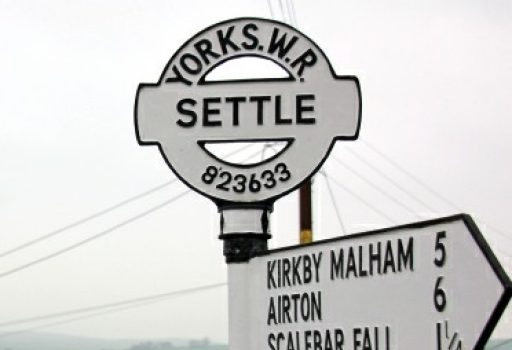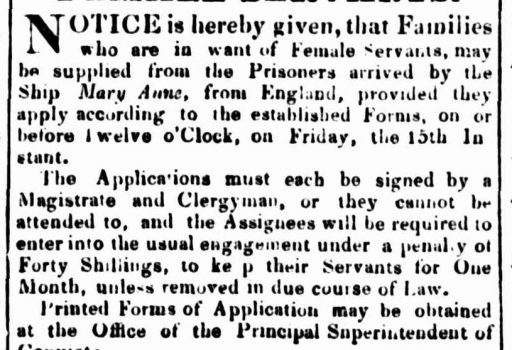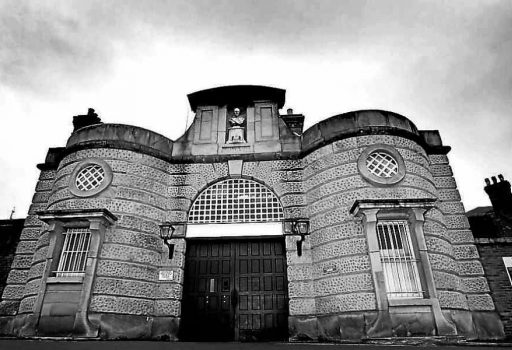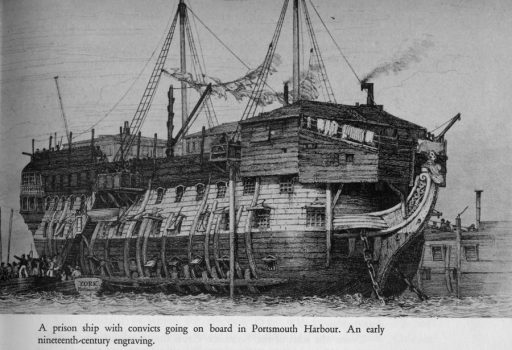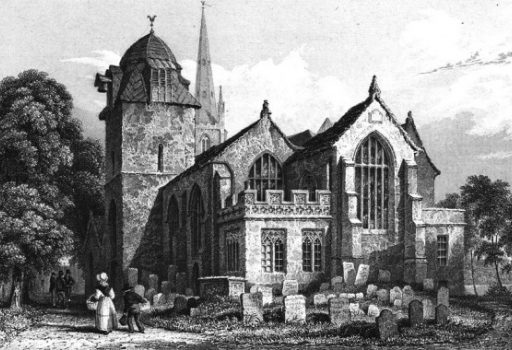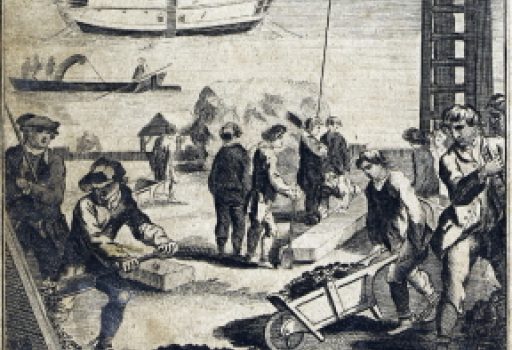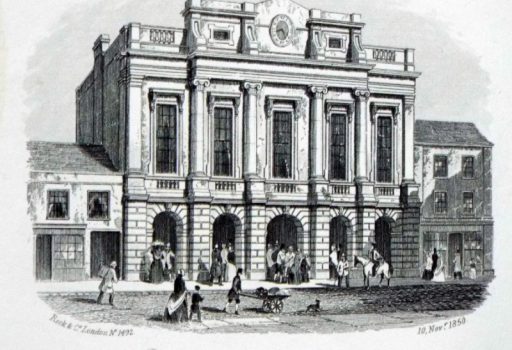Cambridge resident MARY STEARN was only 17 years old when she was convicted on 3rd January 1848 at the Cambridge Quarter Sessions for stealing ‘wealthy apparel’ from her employer. This earned a seven year sentence for transportation. She arrived in Van Diemen’s Land (Tasmania) on the Tory on 6th August 1848. Only 4’10” tall, she was soon performing hard labour at the Female Factory in Hobart. But by December 1851 she had received her Ticket of Leave and in July 1853 she married Jeremiah Coffey in Hobart.
In 1829, another Cambridge resident JOHN KIDD, a 25 year old ploughman, was sentenced to transportation for life for horse stealing. Arriving in Sydney on board the Norfolk, he was assigned to Benjamin Sullivan at Williams River. Good behaviour gained him a Conditional Pardon in 1845. Working as a stud groom, he was instrumental in developing the Tocal Homestead into one of Australia’s leading horse and cattle studs.
WILLIAM LLOYD was a farm labourer sentenced to seven years transportation for stealing mutton at the Cambridge Quarter Sessions. He sailed on the Mount Stuart Elphinstone, arriving in Queensland in November 1849. He was described as having, ‘Nose large, lost front tooth centre of upper jaw, hairy mole and hairy scar back of right cheek, scar centre of upper lip, several small moles on the right arm, blue ring and scar middle finger of left hand, scar inside top of finger of same.’ Within three years he’d married Jane Lloyd, a free settler who’d come to Brisbane from Scotland. Together they had five children.
JOHN MORTLOCK came from the opposite end of the social spectrum to most convicts. He was born in 1809 to a rich banking family, which had included several mayors and MPs for Cambridge. Yet the family was not known for scruples. His father was famous for the quotation ‘That which you call corruption I call influence.’ Mortlock started a vendetta against two uncles who he felt had excluded him from his share of his father’s estate. After assaulting one uncle in his rooms at Christ College, Mortlock was sentenced to 25 years deportation to Australia. Arriving in Norfolk Island in 1843, he worked as tutor to the family of a local official. In 1857 he illegally returned to England, where he was arrested and sent back for re-transportation. Having served this time, he returned to England and lived in poverty in a London boarding house near Charing Cross Station. It’s interesting that while many poor convicts made much of the opportunities presented by Australia, this wealthy and well-educated gentlemen – not short of opportunities in England – made little of his life.
In 1973 there was a coup in Chile. The military ousted President Allende and threw children’s bodies into the street to show how serious they were. Thousands entered concentration camps. Thousands vanished. And a small group of Chileans made it to Cambridge, which they made their home. One of them, ENRIQUE IBANEZ from the Chilean Air Force, had escaped execution for opposing the coup. On arriving in Cambridge he searched for a park, an open space where he could spread-eagle on the grass and feel free. Read more.
CAMILA ITURRA is part of that Chilean community in Cambridge. She was a child when her family escaped Pinochet in 1974. Now she works with the Cambridge Refugee Resettlement Campaign, set up by local residents to provide homes for Syrian refugees. Read more.
